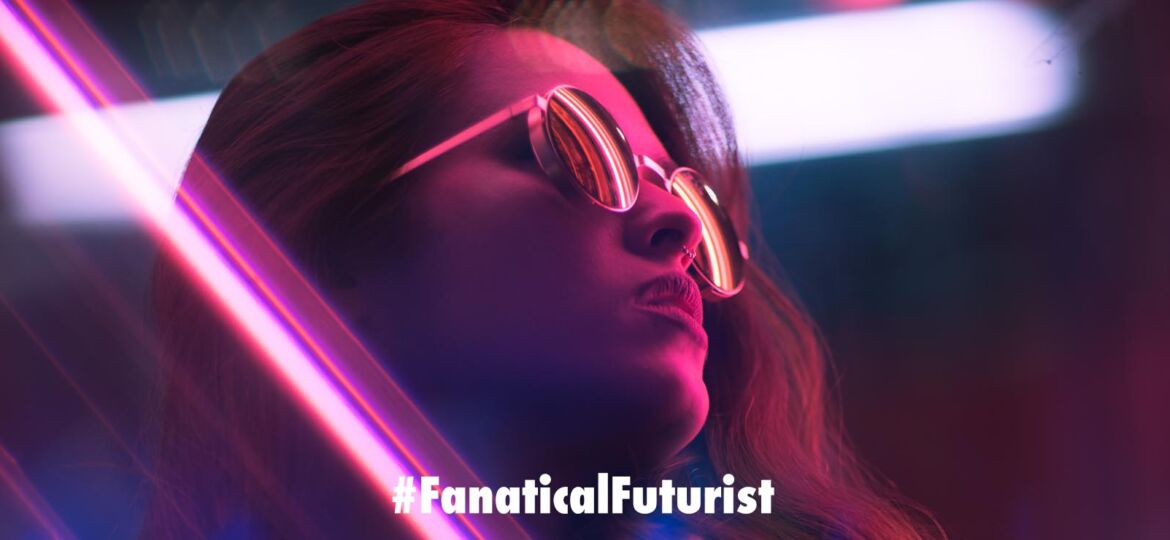
WHY THIS MATTERS IN BRIEF
Asides from creating better 6G mobile signals and boosting coverage I’m guessing conspiracy theorists will have a field day with this one.
 Love the Exponential Future? Join our XPotential Community, future proof yourself with courses from XPotential University, read about exponential tech and trends, connect, watch a keynote, or browse my blog.
Love the Exponential Future? Join our XPotential Community, future proof yourself with courses from XPotential University, read about exponential tech and trends, connect, watch a keynote, or browse my blog.
While researchers around the world from China to South Korea are trying to figure out what the 6G standards and technology stack will be and how it’ll all work in what might be some of the craziest 6G research to date researchers at the University of Massachusetts Amherst believe that using humans as antennas to power 6G networks may be the most viable way to harvest additional energy that would otherwise get wasted.
In the always-present effort to speed up informational exchange, scientists have already started investigating Visible Light Communication (VLC), basically a wireless version of fiberoptics, that uses flashes of light to transmit information. Adding VLC to 6G spurred the UMass Amherst team to dig even deeper.
First, some background on 6G. As a refresher, 5G – what is considered the fifth, and most recent generation of cellular broadband networks – is still in its infancy. True 5G networks operate in millimeter-wave frequencies between 30 and 300 Gigahertz, which are 10 to 100 times higher frequency than previous 4G cellular networks.
The definition of these cellular generations are defined by a global partnership known as 3GPP.
In the new study, the UMass Amherst scientists found that humans can play a crucial role in making VLC more efficient by using their bodies as a carrier for coiled copper to catch waste energy from VLC. Lead study author Jie Xiong, UMass Amherst professor of information and computer sciences, explains:
“VLC is quite simple and interesting. Instead of using radio signals to send information wirelessly, it uses the light from LEDs that can turn on and off up to one million times per second.” LEDs bulbs can then transmit data, and “anything with a camera, like our smartphones, tablets, or laptops could be the receiver,” Xiong says.
The downside of VLC comes from a high rate of “leakage” of energy with the emitting of side-channel radio wave signals. The researchers believe that if they can harvest the wasted radio frequency (RF) energy, they can put it to good use by powering small electronic devices.
After experimenting with wires, coils, and backgrounds, the scientists realized the human body offers the best medium – up to 10 times better than any other setting tested – for amplifying a copper coil’s ability to collect leaked RF energy. They then built the Bracelet+ an inexpensive gadget that is meant to be worn on the forearm, but can adapt into a ring, belt, or necklace, to harvest lost energy. The coiled copper Bracelet+ can reach up to micro-watts, enough to support on-body health monitoring sensors, which require little power to work, the team says.
Coupling the copper coils with VLC systems uses humans as antennas to power up the technology they use.
“Ultimately,” Xiong says, “we want to be able to harvest waste energy from all sorts of sources in order to power future technology.” And I’m sure that 6G lovers and conspiracy theorists will have a field day if they ever find out about this particular innovation …
















